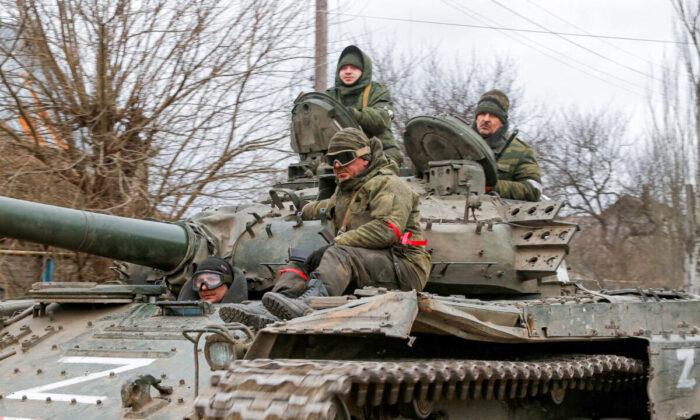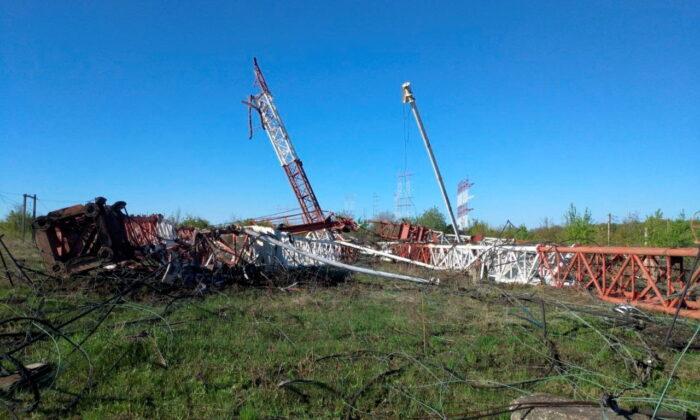The nation’s largest utility announced on Tuesday evening that it has begun shutting off power to some 51,000 customers as a large wildfire, fueled by winds, raged through a small Northern California forest town.
Power will be shut off in small portions of 18 northern California counties, including the Sierra Nevada foothills, the North Coast, the North Valley and the North Bay mountains, the company said.
“With these high winds and extremely dry climate conditions, we are focused on customer and community safety. It’s never an easy decision to turn off the power for safety, but it is the right thing to do to keep everyone safe,” PG&E Executive Vice President and Chief Customer Officer Marlene Santos said in a statement.
The release notes that the company expects “all clears” will occur around Wednesday afternoon.
“We understand how disruptive and inconvenient it is to lose power. The sole focus of a PSPS [Public Safety Power Shutoff] is to keep our customers safe. As soon as this extreme weather passes, our crews will be inspecting our equipment and the vegetation around it, making repairs and restoring power as soon as it’s safe to do so,” Santos added.
California Gov. Gavin Newsom has proclaimed a state of emergency for El Dorado County because of the Caldor fire, which tripled in size between Monday and Tuesday afternoon to nearly 50 square miles (129 square kilometers).
About 2,500 people are under evacuation orders and warnings because of the fire, which almost tripled in size overnight, fire spokesman Chris Vestal said.


To the north, the Dixie Fire—the largest of some 100 active wildfires in more than a dozen Western states—was advancing toward Susanville, population about 18,000.

The Dixie Fire, which has destroyed at least 600 homes, is the largest of the major wildfires burning in western U.S. states that have seen historic drought and weeks of high temperatures and dry weather that have left trees, brush and grasslands as flammable as tinder.
The fire has scorched more than 940 square miles (2,434 square kilometers) in the northern Sierra Nevada and southern Cascades since it ignited on July 13 and eventually merged with a smaller blaze. It’s less than a third contained.
Investigations are continuing into the cause of the blaze.





